including: The Knight Commander of the Order of the Bath (KCB) military badge, white enamelled Maltese cross with gold points and lions between each arm, center of the cross featuring three crowns, a rose, thistle, and shamrock surrounded with a red ring bearing the Order's motto, "Tria Juncta In Uno" (Three Joined in One) all within a green laurel wreath, with the Order's Military Division motto, "Ich Dien" - I Serve, in gold letters on a blue scroll, on a red ribbon; the military star of the Knight Commander of the Order of the Bath (KCB), eight-pointed silver cross pattée, three crowns to the centre, red ring bearing the Order's motto, "Tria Juncta In Uno" (Three Joined in One) all within a green laurel wreath, with the Order's Military Division motto, "Ich Dien" - I Serve, in gold letters on a blue scroll, with sprung pin to the rear; Medals include Egypt 1882 Khedives Star Medal; EGYPT 1882, with bar for ALEXANDRIA 11TH JULY "CAPT H. F. NICHOLSON C.B. R.N.H.M.S. TEMERAIRE"; Queen Victoria Diamond Jubilee Medal; complete with the corresponding miniature medal set on a bar, a pair of epaulettes with crown, crossed swords, and 3 stars, collection of Naval buttons, and a large portrait photograph of Sir Admiral Henry Nicholson K.C.B. along with another photograph, along with a number of documents including his baptism in 1835; apointment of captain in Her Majesty's Fleet, 1869; appointment to Rear Admiral, 1886; appointment of Commander in Chief of her majesty's Ships and Vessels, 1890; appointment to Vice Admiral in her Majesty's fleet, 1892; appointment to Admiral in her Majesty's fleet; 1897
The Order of the Bath: A Historical Overview
Introduction - The Most Honourable Order of the Bath is a distinguished British order of chivalry, formally established by King George I on 18 May 1725 (Galloway, 2006). Its name derives from a medieval ceremonial tradition in which knights underwent a ritual bath, symbolising purification before being knighted (McCreery, 2008). Historically, such elaborate rituals were reserved for significant royal occasions, such as coronations and royal weddings (Anstis, 1725). Today, the Order serves as a means of honouring senior military officers and high-ranking civil servants who have demonstrated exceptional service to the Crown (Statutes of the Order, 1925). The Order comprises the Sovereign, a Great Master, and three classes of members: Knight or Dame Grand Cross (GCB), Knight or Dame Commander (KCB/DCB), and Companion (CB) (Perkins, 2012). Members are appointed to either the Civil or Military Division, reflecting their area of contribution (Galloway, 2006).
History - The origins of the Order of the Bath trace back to medieval times when knighthood ceremonies involved a ritual bath as an act of spiritual purification (McCreery, 2008). These elaborate rites were typically associated with royal ceremonies, and those who participated in them were known as "Knights of the Bath" (Anstis, 1725). However, by the coronation of Charles II in 1661, the tradition had largely fallen into disuse (Galloway, 2006). Recognising the need for a structured system to reward distinguished service, King George I, on the advice of Prime Minister Sir Robert Walpole, formally founded the Order in 1725 (Statutes of the Order, 1925). This decision not only revived medieval traditions but also provided a means of recognising service to the Crown in an organised manner (Perkins, 2012).
Foundation - When the Order was formally established in 1725, it was designed to reflect both tradition and contemporary political needs. The original structure included a Sovereign, a Great Master, and 36 Knights Companion, with no distinction between military and civilian members (Anstis, 1725). This framework was rooted in the principles of chivalry while also serving as a reward mechanism for loyal service to the monarchy (Galloway, 2006). Over time, as Britain’s military engagements expanded, the Order became increasingly associated with military achievements. In 1815, the Prince Regent (later George IV) restructured the Order, introducing three classes to allow for a larger number of recipients (Statutes of the Order, 1925). This change ensured that military officers, as well as key civil servants, could be honoured for their contributions (Perkins, 2012).
Victorian Era Reforms - During the reign of Queen Victoria, significant reforms were introduced to modernise the Order. In 1847, Queen Victoria issued new statutes that removed the word "Military" from the official name, enabling the inclusion of both military and civil appointments (McCreery, 2008). This restructuring led to the creation of distinct Military and Civil Divisions, making the Order more inclusive and reflective of service beyond the battlefield (Galloway, 2006). Additionally, the archaic rituals associated with the Order, such as the ceremonial bath, were abolished and replaced with formal investiture ceremonies conducted by the Sovereign (Statutes of the Order, 1925). These reforms modernised the Order, ensuring its continued relevance in a changing society (Perkins, 2012).
World War I Period - The early 20th century saw the Order of the Bath playing a crucial role in recognising military excellence, particularly during World War I. The vast scale of the conflict and the contributions of military personnel led to a significant increase in appointments to the Order’s Military Division (McCreery, 2008). In 1913, prior to the war, King George V reinstated the Installation ceremony, a tradition that had been dormant for decades (Statutes of the Order, 1925). This revival reflected the Order’s continued significance in acknowledging distinguished service during national crises (Galloway, 2006). As Britain navigated the challenges of global warfare, the Order remained a symbol of honour and recognition for military and civil contributions alike (Perkins, 2012).
References
Anstis, J. (1725) Register of the Order of the Bath. London: [Publisher].
Galloway, P. (2006) The Order of the Bath. London: Spink.
McCreery, C. (2008) The Crown and the Honourable Orders of Knighthood. Toronto: University of Toronto Press.
Perkins, T. (2012) British Orders of Chivalry: Their Evolution and Role in Society. London: Boydell Press.
Statutes of the Order (1925) Official Records of the Most Honourable Order of the Bath. London: HMSO.
Admiral Sir Henry Frederick Nicholson, K.C.B. (Knight Commander of the Order of the Bath), was a distinguished Royal Navy officer born on October 21, 1835, in Upnor, Kent, England. He embarked on his naval career in 1849, demonstrating exceptional leadership and dedication throughout his service.
During the Bombardment of Alexandria in 1882, Nicholson commanded HMS Temeraire, playing a pivotal role in the operation. His exemplary performance led to subsequent commands, including HMS Asia in 1884. He advanced to prominent positions such as Commander-in-Chief of the Cape of Good Hope and West Coast of Africa Station in 1890 and later Commander-in-Chief, The Nore, in 1896.
In recognition of his outstanding service, Nicholson was appointed a Knight Commander of the Order of the Bath (K.C.B.). He retired on December 11, 1897, and passed away on October 17, 1914, in Ware, Hertfordshire, England.
including: The Knight Commander of the Order of the Bath (KCB) military badge, white enamelled Maltese cross with gold points and lions between each arm, center of the cross featuring three crowns, a rose, thistle, and shamrock surrounded with a red ring bearing the Order's motto, "Tria Juncta In Uno" (Three Joined in One) all within a green laurel wreath, with the Order's Military Division motto, "Ich Dien" - I Serve, in gold letters on a blue scroll, on a red ribbon; the military star of the Knight Commander of the Order of the Bath (KCB), eight-pointed silver cross pattée, three crowns to the centre, red ring bearing the Order's motto, "Tria Juncta In Uno" (Three Joined in One) all within a green laurel wreath, with the Order's Military Division motto, "Ich Dien" - I Serve, in gold letters on a blue scroll, with sprung pin to the rear; Medals include Egypt 1882 Khedives Star Medal; EGYPT 1882, with bar for ALEXANDRIA 11TH JULY "CAPT H. F. NICHOLSON C.B. R.N.H.M.S. TEMERAIRE"; Queen Victoria Diamond Jubilee Medal; complete with the corresponding miniature medal set on a bar, a pair of epaulettes with crown, crossed swords, and 3 stars, collection of Naval buttons, and a large portrait photograph of Sir Admiral Henry Nicholson K.C.B. along with another photograph, along with a number of documents including his baptism in 1835; apointment of captain in Her Majesty's Fleet, 1869; appointment to Rear Admiral, 1886; appointment of Commander in Chief of her majesty's Ships and Vessels, 1890; appointment to Vice Admiral in her Majesty's fleet, 1892; appointment to Admiral in her Majesty's fleet; 1897
The Order of the Bath: A Historical Overview
Introduction - The Most Honourable Order of the Bath is a distinguished British order of chivalry, formally established by King George I on 18 May 1725 (Galloway, 2006). Its name derives from a medieval ceremonial tradition in which knights underwent a ritual bath, symbolising purification before being knighted (McCreery, 2008). Historically, such elaborate rituals were reserved for significant royal occasions, such as coronations and royal weddings (Anstis, 1725). Today, the Order serves as a means of honouring senior military officers and high-ranking civil servants who have demonstrated exceptional service to the Crown (Statutes of the Order, 1925). The Order comprises the Sovereign, a Great Master, and three classes of members: Knight or Dame Grand Cross (GCB), Knight or Dame Commander (KCB/DCB), and Companion (CB) (Perkins, 2012). Members are appointed to either the Civil or Military Division, reflecting their area of contribution (Galloway, 2006).
History - The origins of the Order of the Bath trace back to medieval times when knighthood ceremonies involved a ritual bath as an act of spiritual purification (McCreery, 2008). These elaborate rites were typically associated with royal ceremonies, and those who participated in them were known as "Knights of the Bath" (Anstis, 1725). However, by the coronation of Charles II in 1661, the tradition had largely fallen into disuse (Galloway, 2006). Recognising the need for a structured system to reward distinguished service, King George I, on the advice of Prime Minister Sir Robert Walpole, formally founded the Order in 1725 (Statutes of the Order, 1925). This decision not only revived medieval traditions but also provided a means of recognising service to the Crown in an organised manner (Perkins, 2012).
Foundation - When the Order was formally established in 1725, it was designed to reflect both tradition and contemporary political needs. The original structure included a Sovereign, a Great Master, and 36 Knights Companion, with no distinction between military and civilian members (Anstis, 1725). This framework was rooted in the principles of chivalry while also serving as a reward mechanism for loyal service to the monarchy (Galloway, 2006). Over time, as Britain’s military engagements expanded, the Order became increasingly associated with military achievements. In 1815, the Prince Regent (later George IV) restructured the Order, introducing three classes to allow for a larger number of recipients (Statutes of the Order, 1925). This change ensured that military officers, as well as key civil servants, could be honoured for their contributions (Perkins, 2012).
Victorian Era Reforms - During the reign of Queen Victoria, significant reforms were introduced to modernise the Order. In 1847, Queen Victoria issued new statutes that removed the word "Military" from the official name, enabling the inclusion of both military and civil appointments (McCreery, 2008). This restructuring led to the creation of distinct Military and Civil Divisions, making the Order more inclusive and reflective of service beyond the battlefield (Galloway, 2006). Additionally, the archaic rituals associated with the Order, such as the ceremonial bath, were abolished and replaced with formal investiture ceremonies conducted by the Sovereign (Statutes of the Order, 1925). These reforms modernised the Order, ensuring its continued relevance in a changing society (Perkins, 2012).
World War I Period - The early 20th century saw the Order of the Bath playing a crucial role in recognising military excellence, particularly during World War I. The vast scale of the conflict and the contributions of military personnel led to a significant increase in appointments to the Order’s Military Division (McCreery, 2008). In 1913, prior to the war, King George V reinstated the Installation ceremony, a tradition that had been dormant for decades (Statutes of the Order, 1925). This revival reflected the Order’s continued significance in acknowledging distinguished service during national crises (Galloway, 2006). As Britain navigated the challenges of global warfare, the Order remained a symbol of honour and recognition for military and civil contributions alike (Perkins, 2012).
References
Anstis, J. (1725) Register of the Order of the Bath. London: [Publisher].
Galloway, P. (2006) The Order of the Bath. London: Spink.
McCreery, C. (2008) The Crown and the Honourable Orders of Knighthood. Toronto: University of Toronto Press.
Perkins, T. (2012) British Orders of Chivalry: Their Evolution and Role in Society. London: Boydell Press.
Statutes of the Order (1925) Official Records of the Most Honourable Order of the Bath. London: HMSO.
Admiral Sir Henry Frederick Nicholson, K.C.B. (Knight Commander of the Order of the Bath), was a distinguished Royal Navy officer born on October 21, 1835, in Upnor, Kent, England. He embarked on his naval career in 1849, demonstrating exceptional leadership and dedication throughout his service.
During the Bombardment of Alexandria in 1882, Nicholson commanded HMS Temeraire, playing a pivotal role in the operation. His exemplary performance led to subsequent commands, including HMS Asia in 1884. He advanced to prominent positions such as Commander-in-Chief of the Cape of Good Hope and West Coast of Africa Station in 1890 and later Commander-in-Chief, The Nore, in 1896.
In recognition of his outstanding service, Nicholson was appointed a Knight Commander of the Order of the Bath (K.C.B.). He retired on December 11, 1897, and passed away on October 17, 1914, in Ware, Hertfordshire, England.
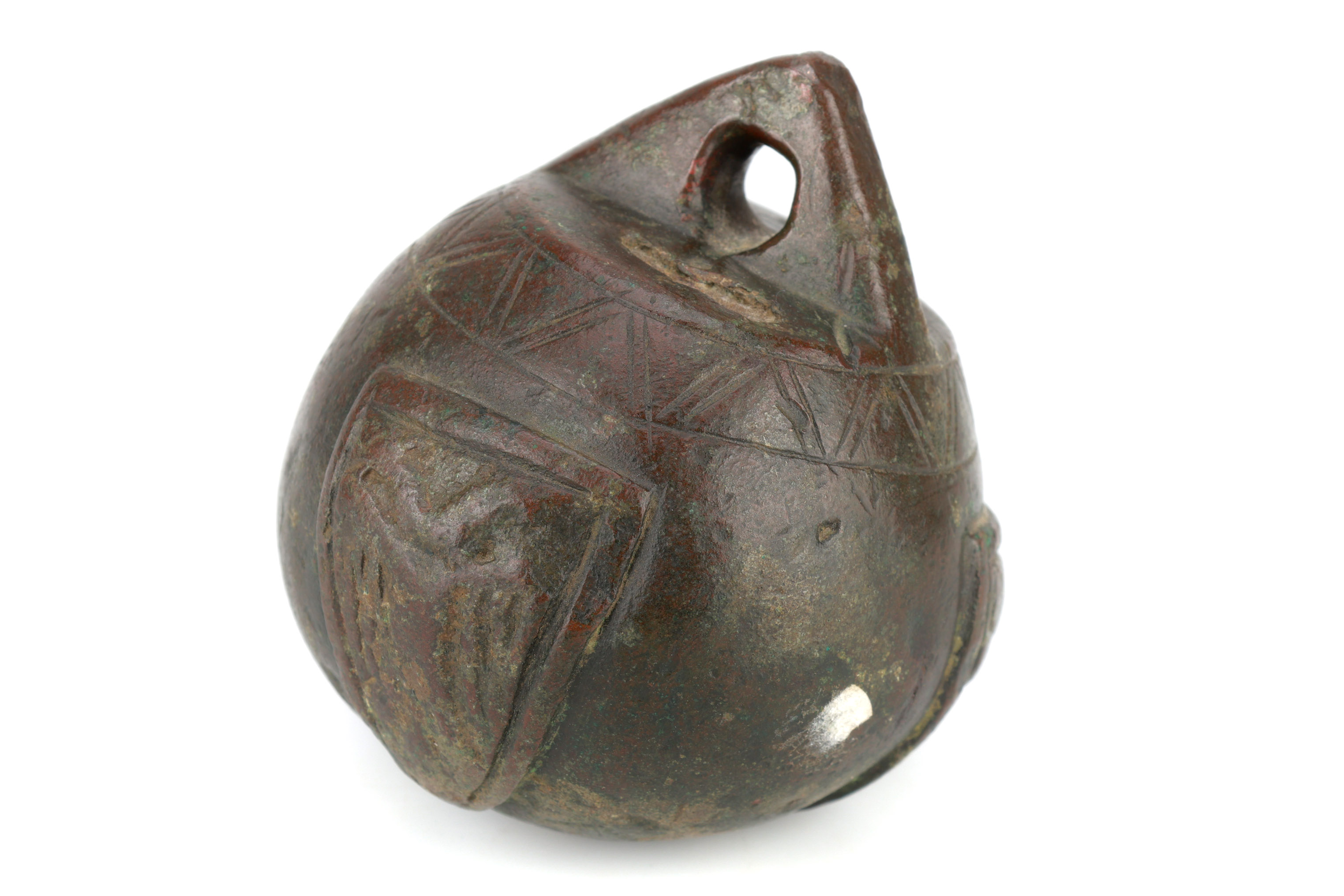
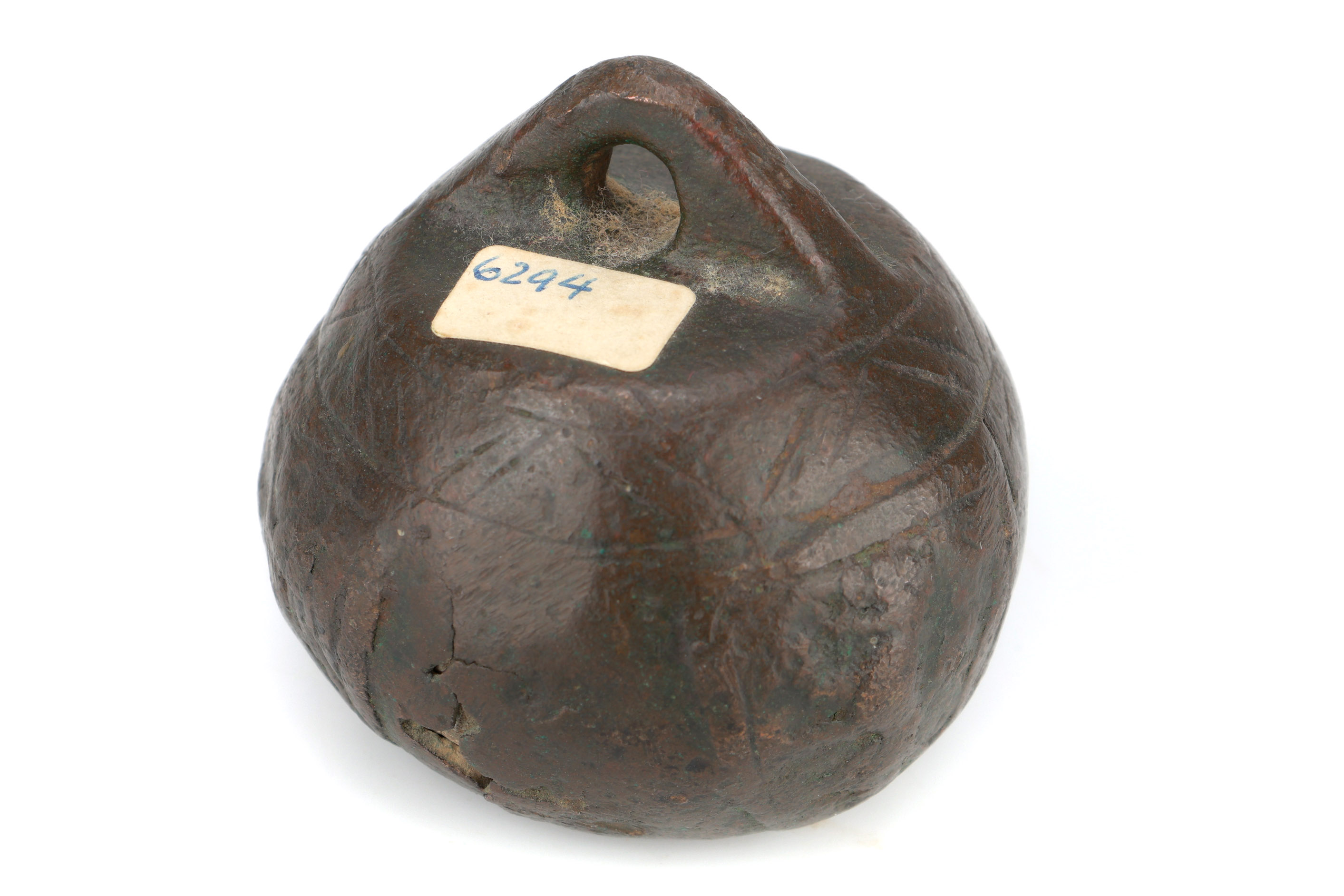
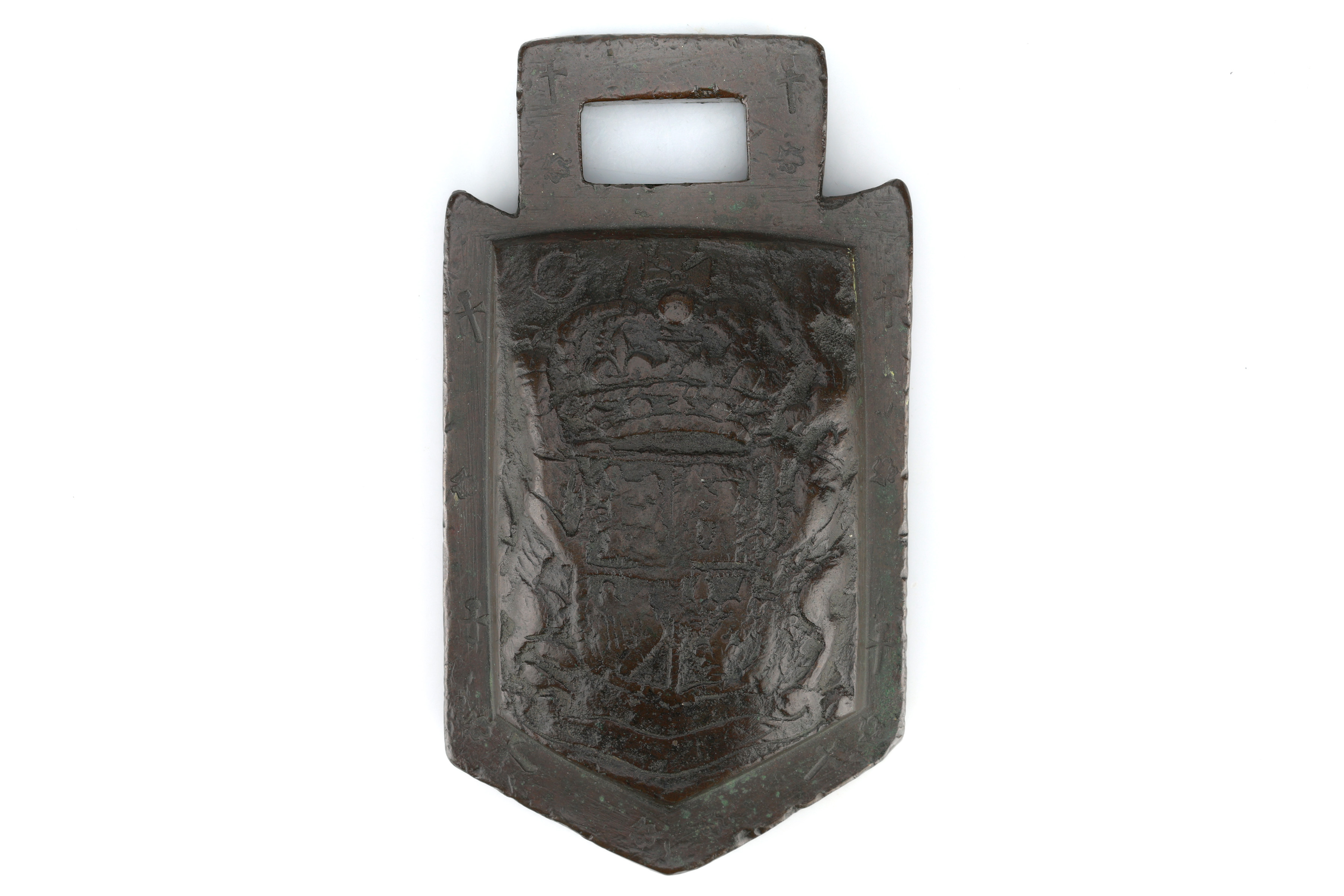
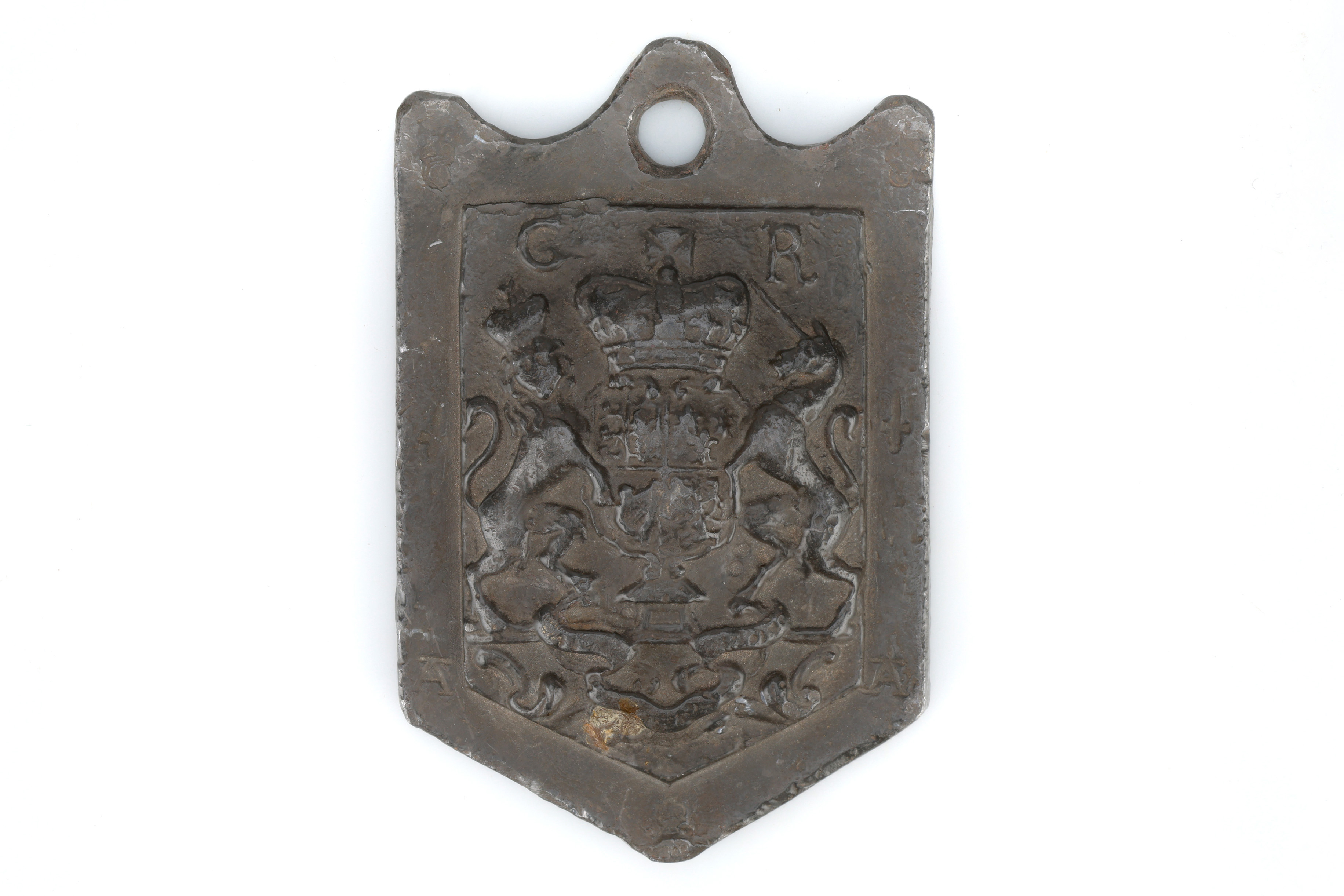

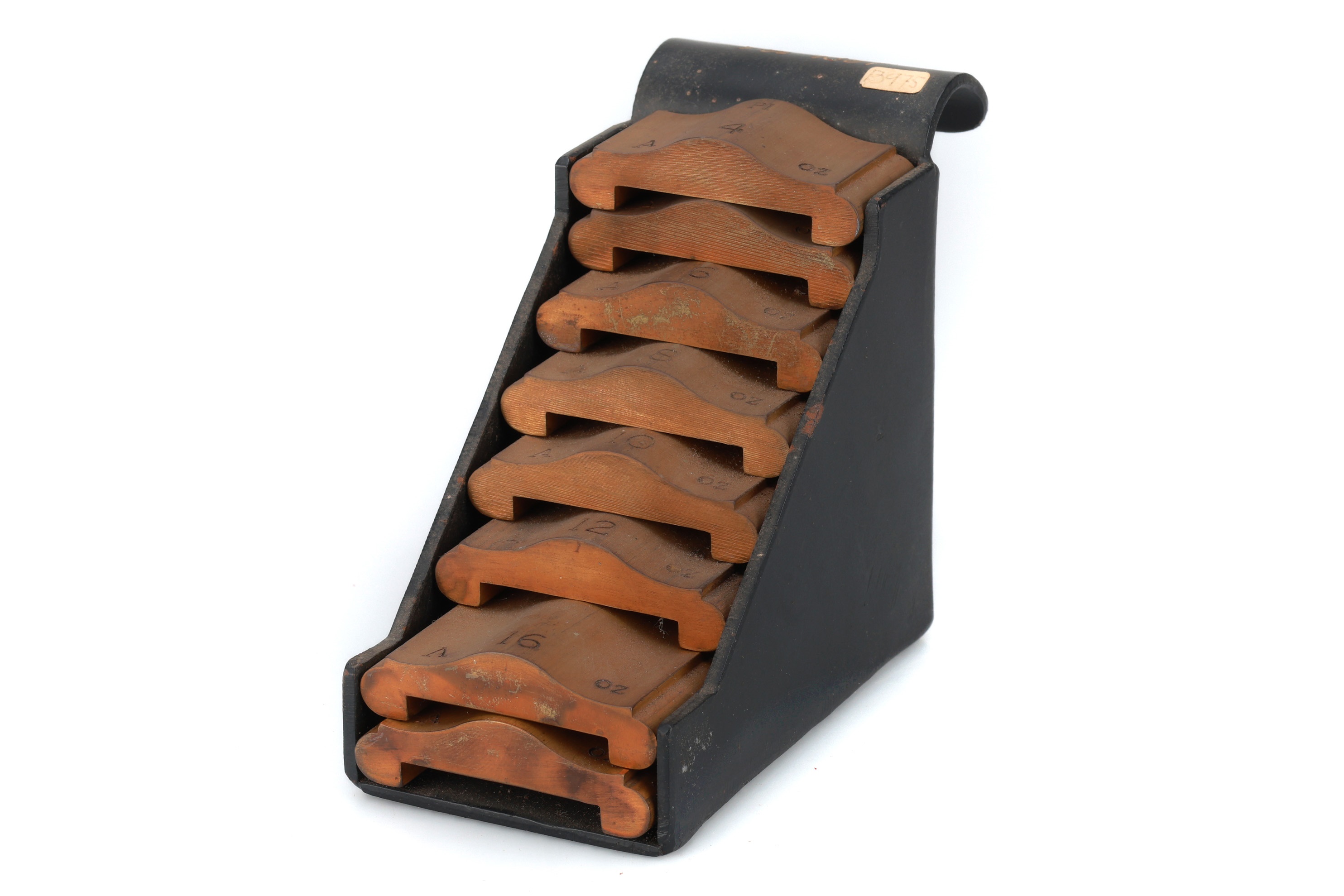

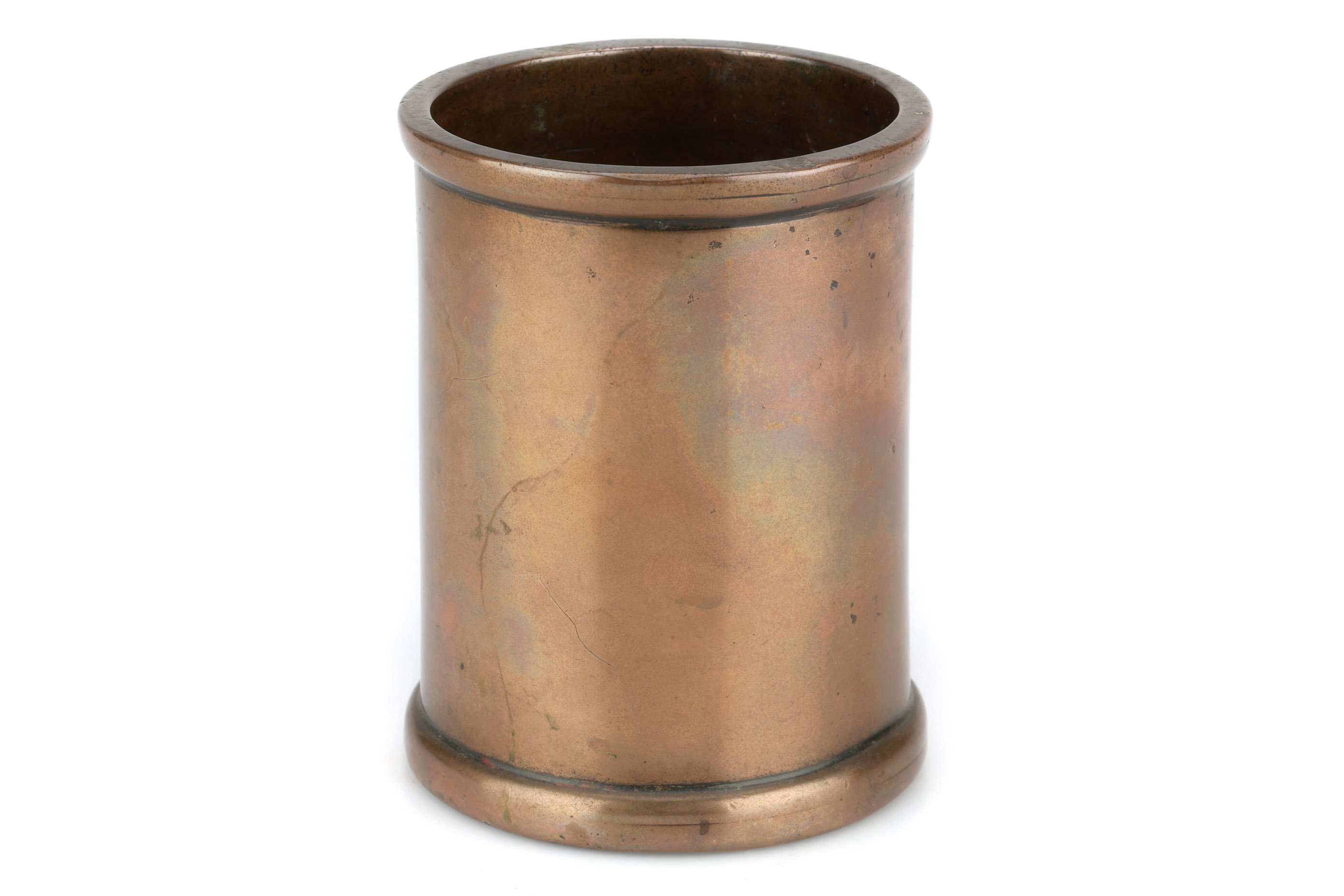
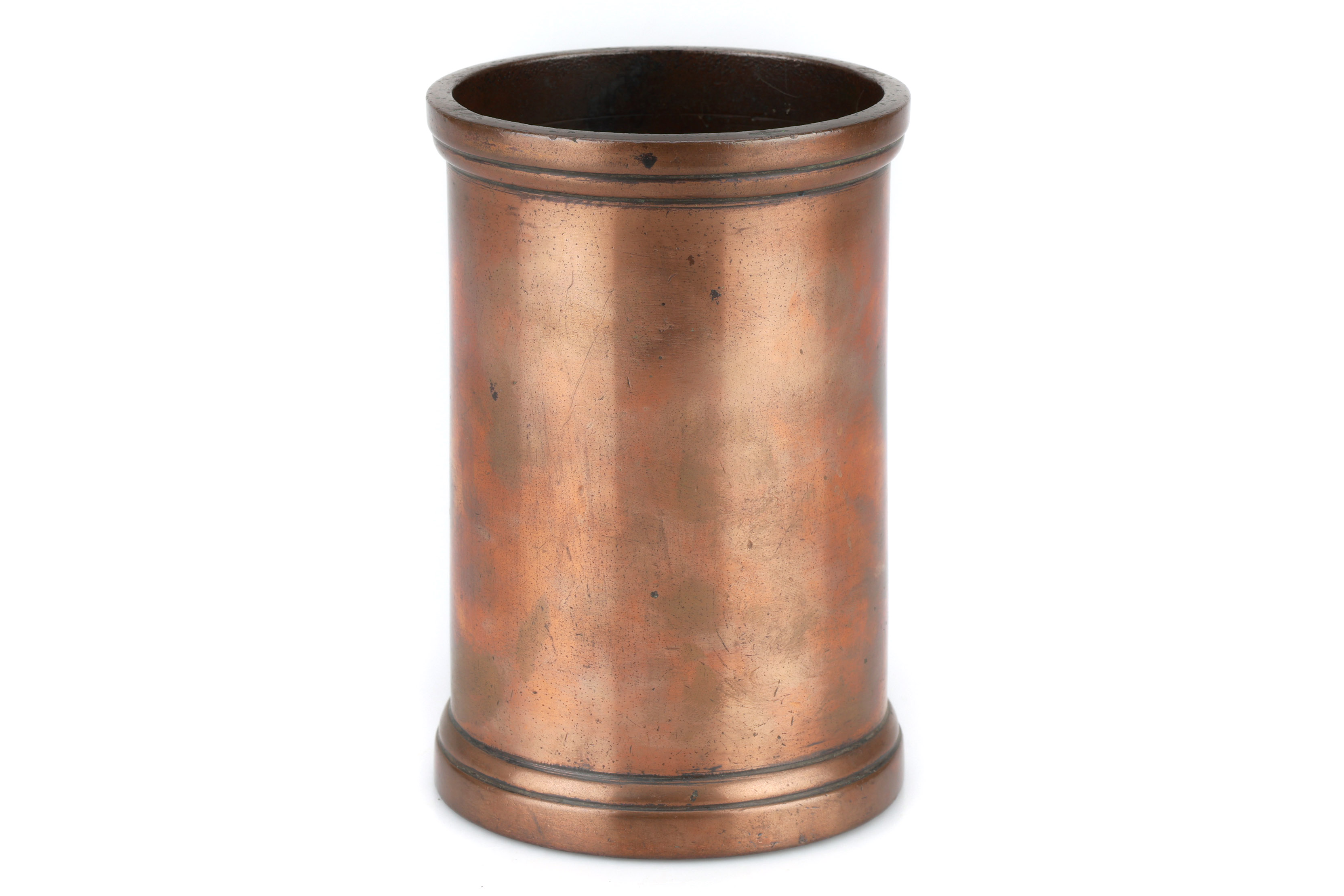
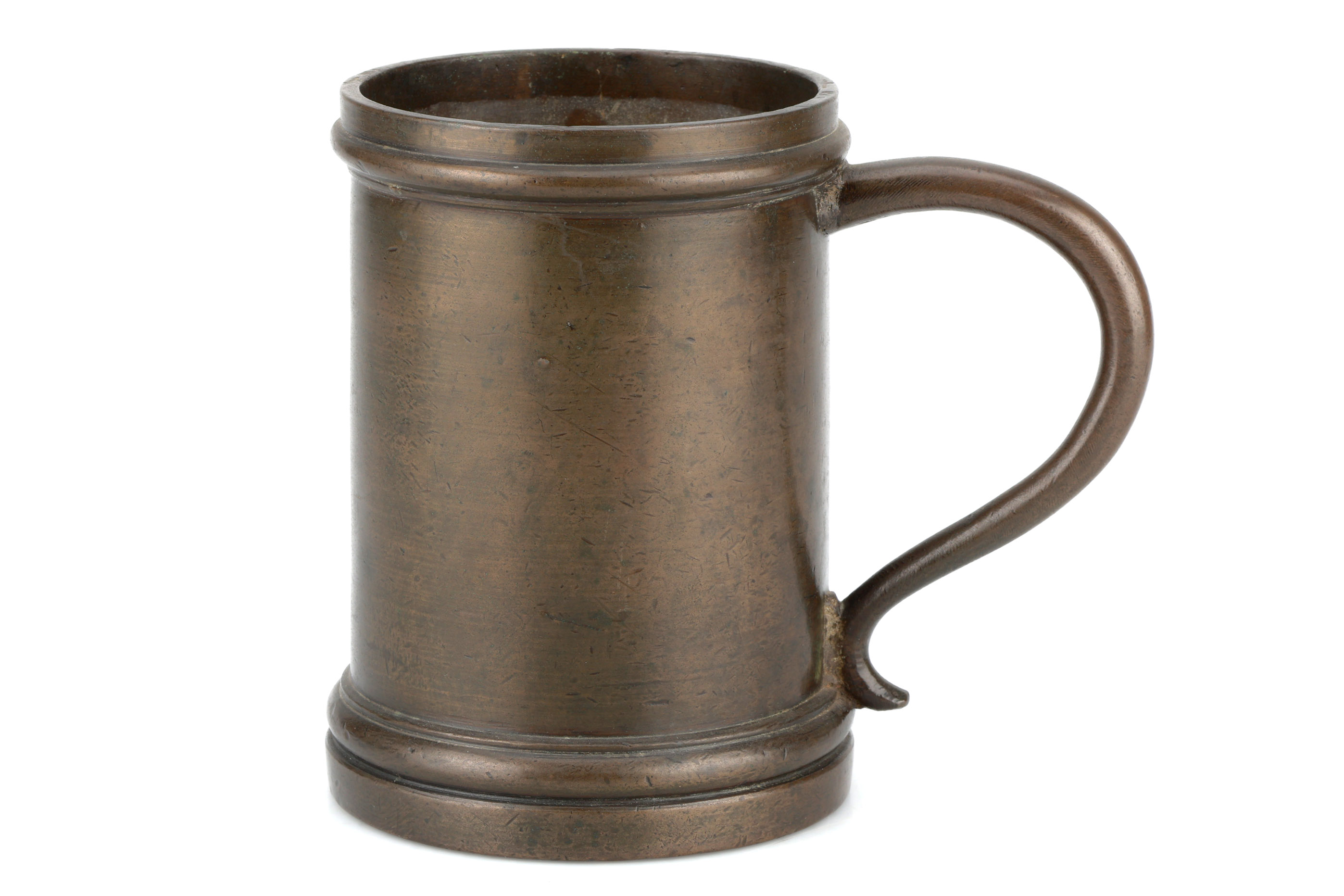
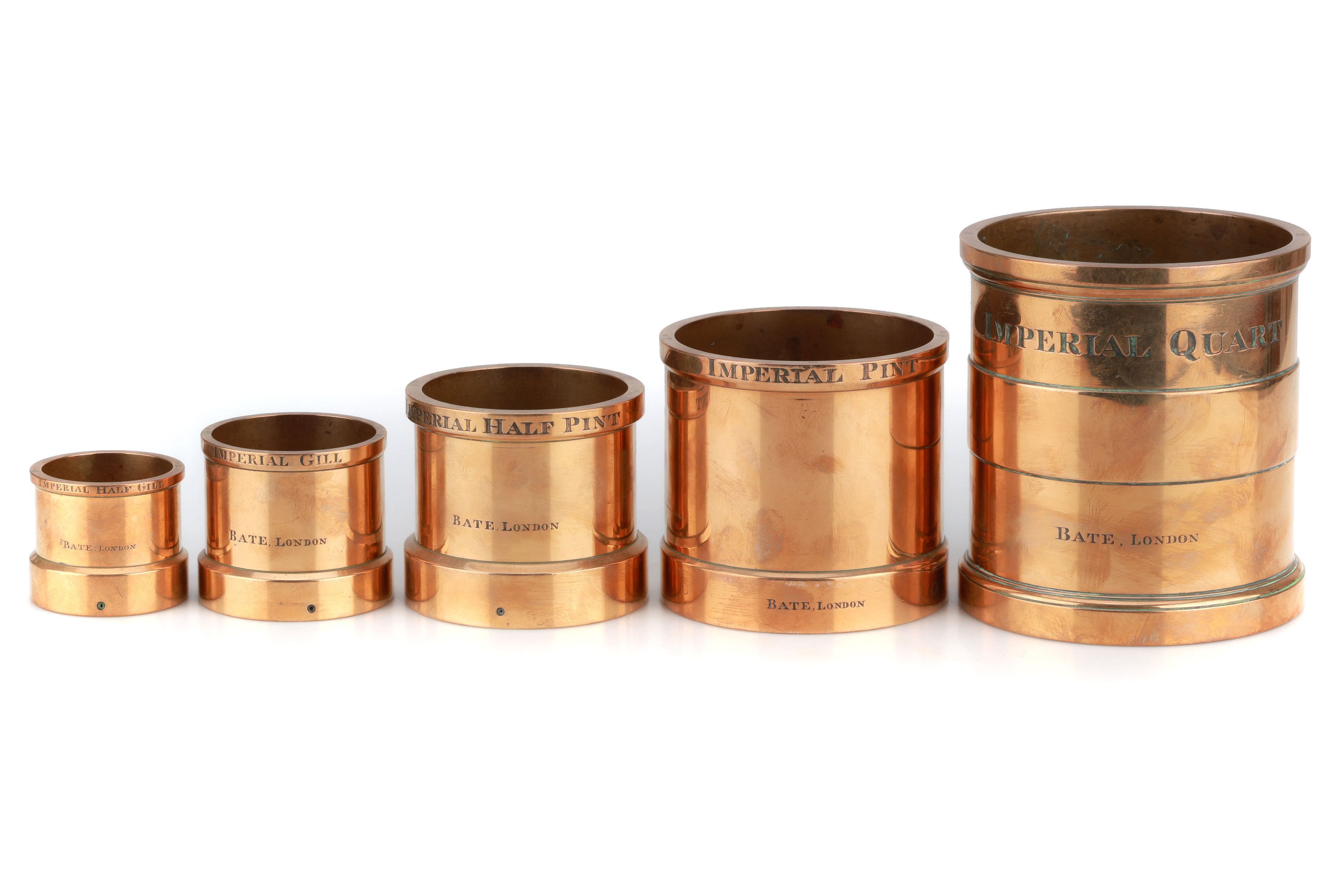
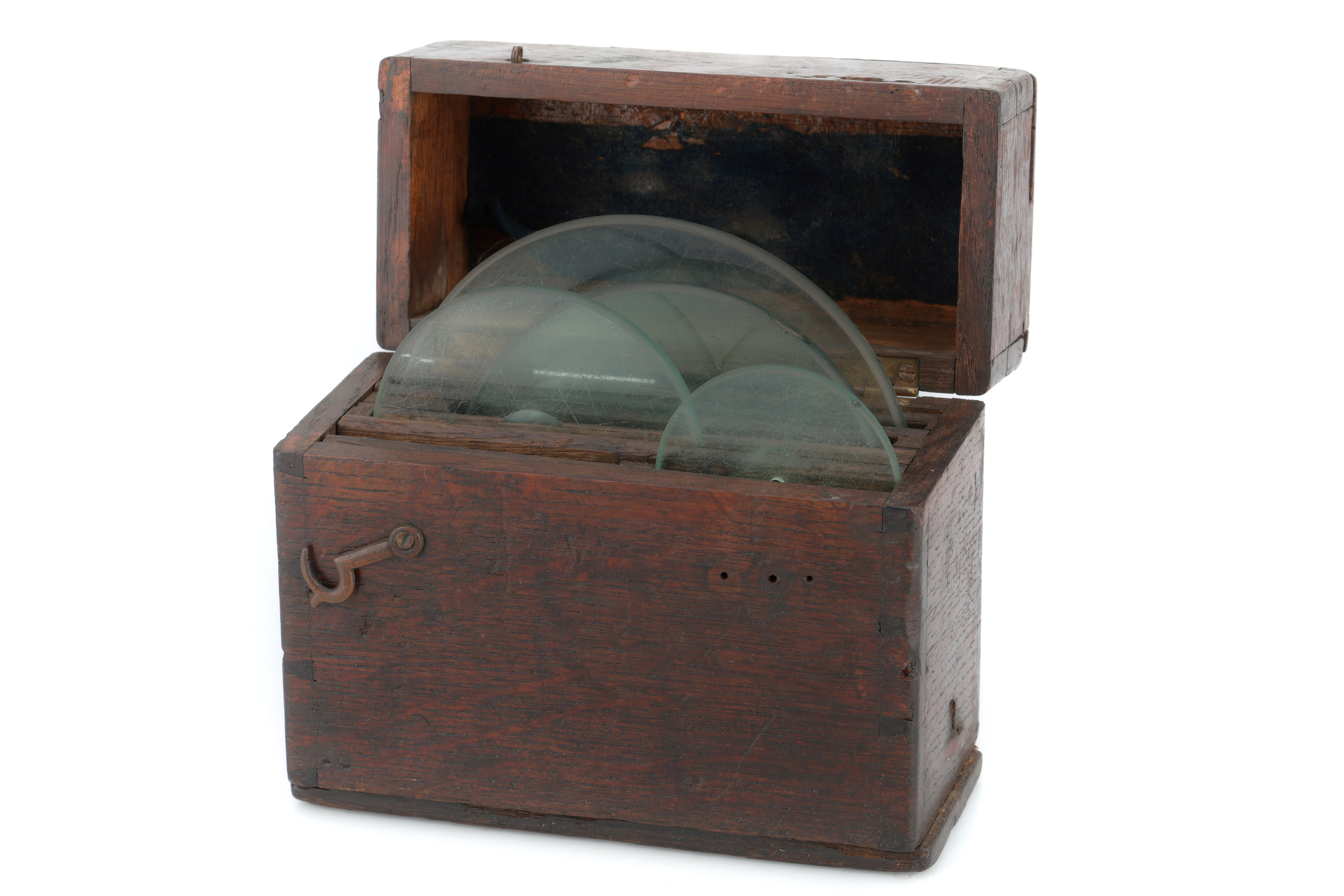
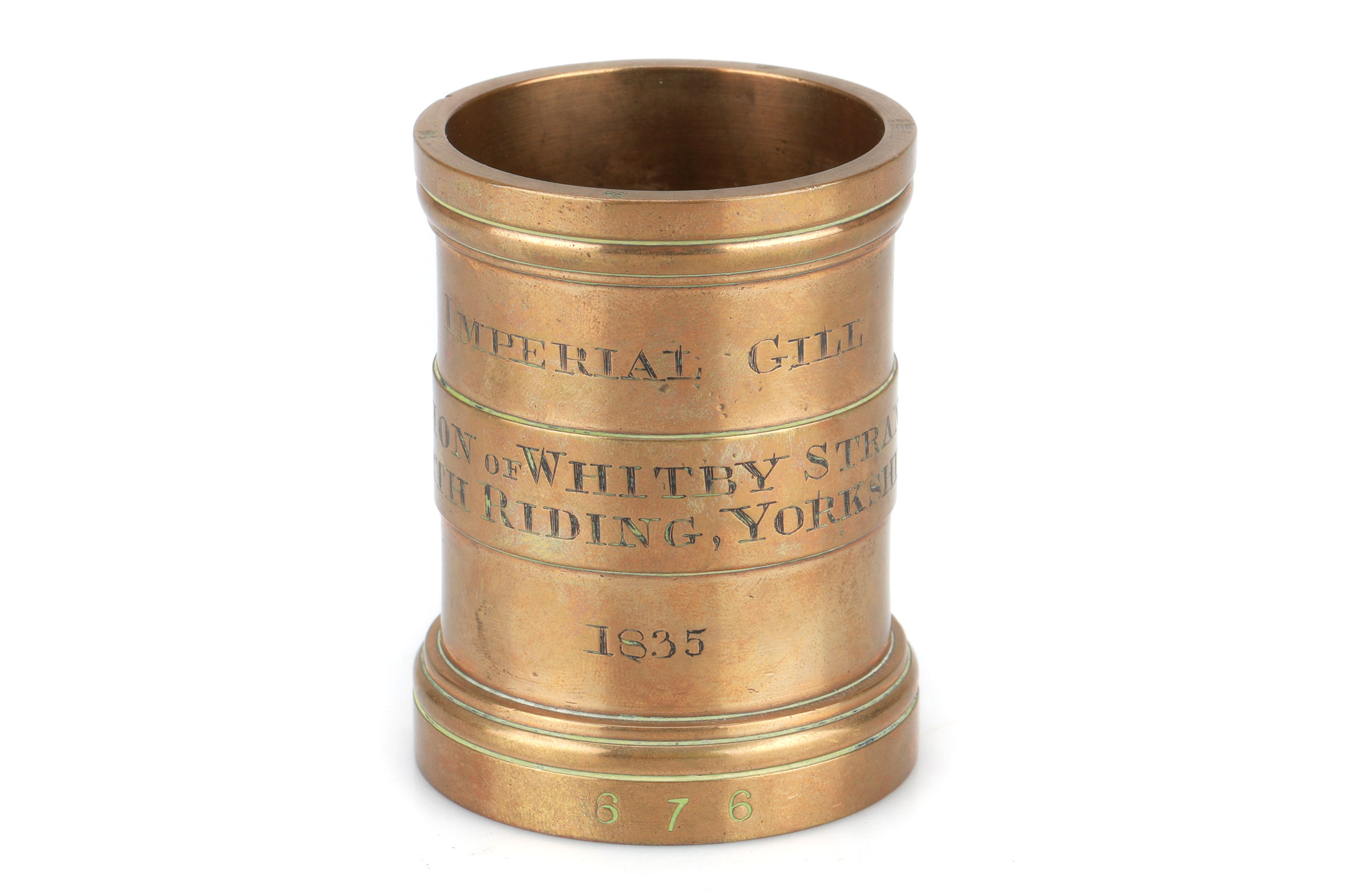
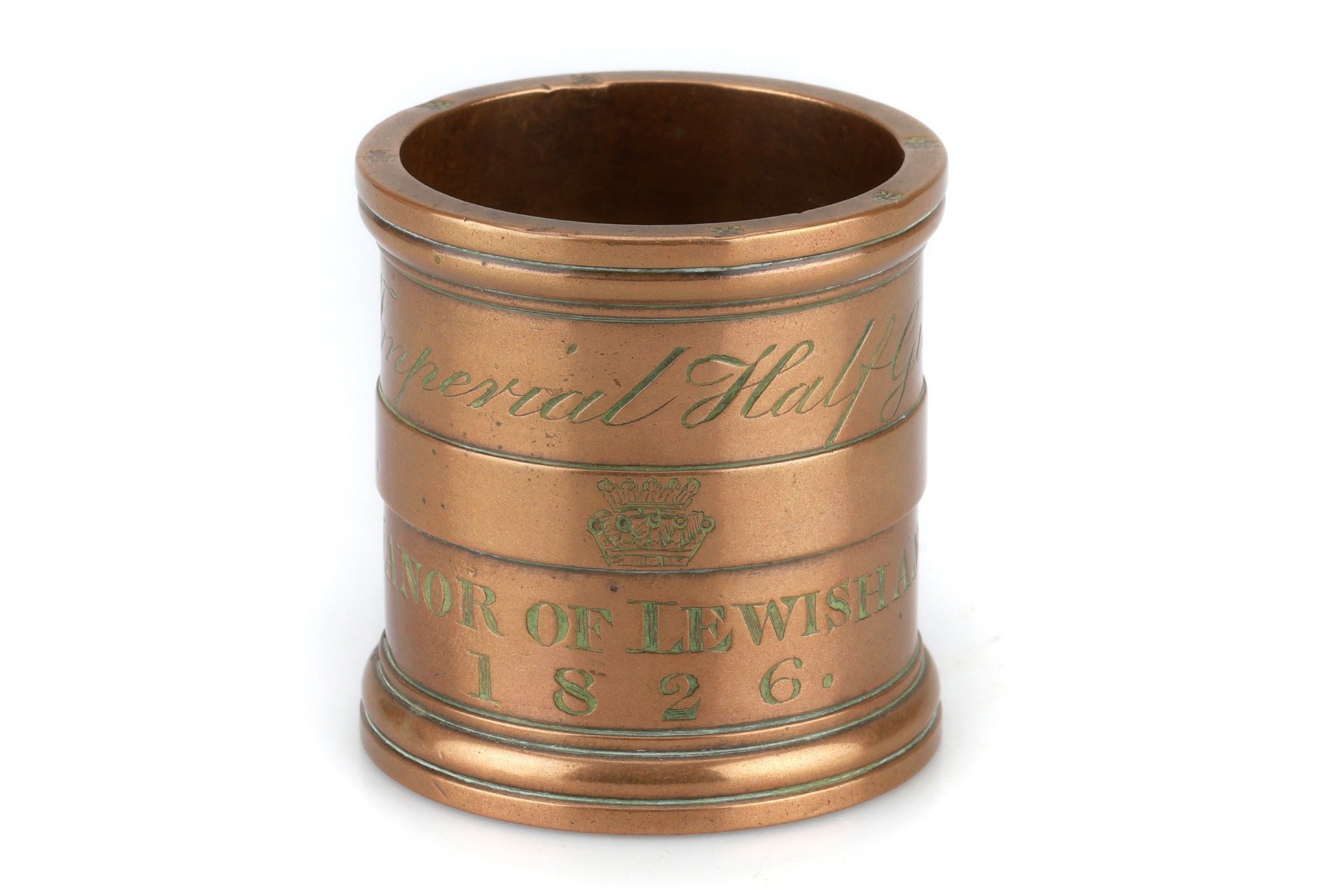
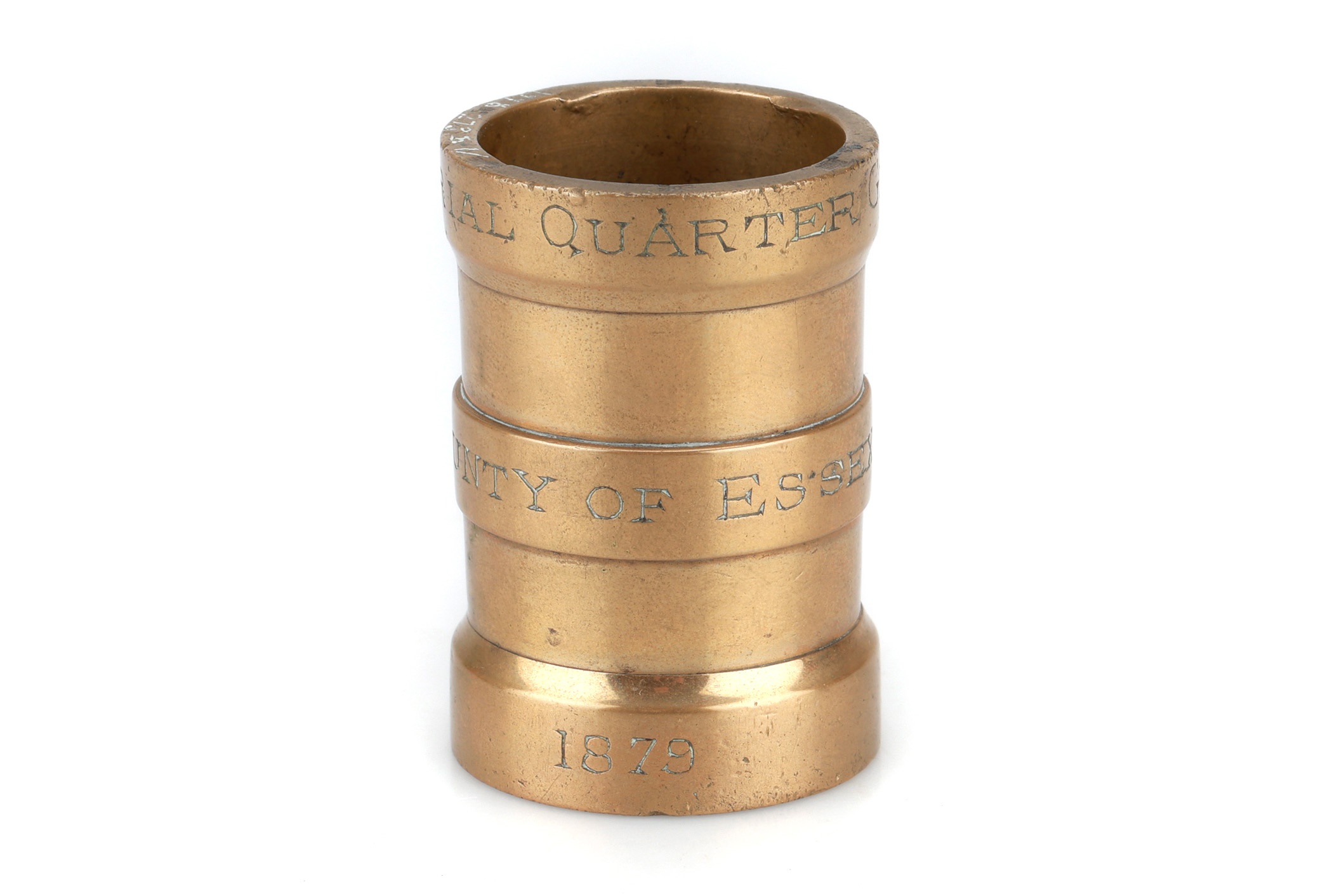
Testen Sie LotSearch und seine Premium-Features 7 Tage - ohne Kosten!
Lassen Sie sich automatisch über neue Objekte in kommenden Auktionen benachrichtigen.
Suchauftrag anlegen